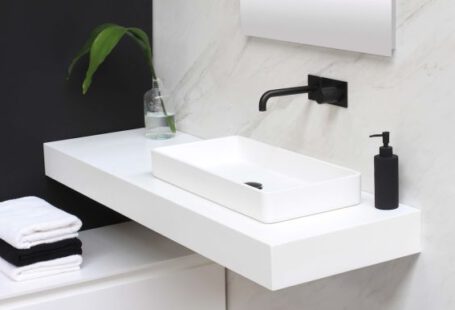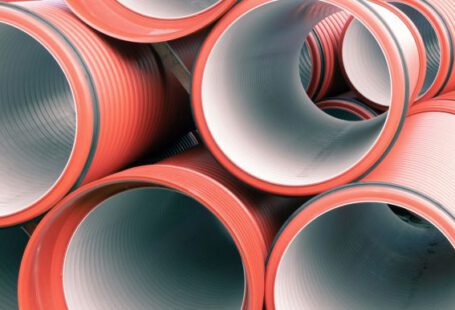When it comes to upgrading your bathroom, there are many factors to consider. From the aesthetics to the functionality, every detail matters. One essential aspect that often gets overlooked is the plumbing. Ensuring your plumbing is up to par is crucial for a successful bathroom upgrade. In this article, we will explore some important plumbing considerations to keep in mind when renovating your bathroom.
Assessing the Existing Plumbing
Before diving into any bathroom upgrade project, it is essential to assess the existing plumbing. This involves inspecting the pipes, drains, and fixtures to determine their condition and functionality. If you have an older home, it is likely that the plumbing may need some attention. Look for signs of leaks, corrosion, or outdated materials. Identifying any potential issues will help you plan your upgrade accordingly.
Water Pressure and Flow
Water pressure and flow are crucial factors to consider when upgrading your bathroom. Insufficient water pressure can lead to frustrating showers and slow sink faucets. If you notice low water pressure, it may be necessary to upgrade your plumbing system or install pressure-boosting devices. On the other hand, if your water pressure is too high, you may need to install pressure-reducing valves to prevent damage to your fixtures.
Choosing the Right Fixtures
Selecting the right fixtures for your upgraded bathroom is not just about aesthetics. It is also important to consider the functionality and compatibility with your plumbing system. When choosing faucets, showerheads, and toilets, make sure they are compatible with your existing plumbing. Measure the dimensions of your bathroom and ensure that the fixtures you choose will fit properly. Additionally, consider the water-saving features of modern fixtures to conserve water and reduce your utility bills.
Upgrading the Pipes
If your bathroom upgrade involves changing the layout or adding new fixtures, you may need to upgrade the pipes. This is especially important if you have old, corroded pipes that are prone to leaks. Upgrading to newer materials, such as copper or PEX, can improve the longevity and efficiency of your plumbing system. Hiring a professional plumber to handle the pipe upgrades will ensure a proper installation and minimize the risk of future issues.
Proper Ventilation
Proper ventilation is often overlooked when it comes to bathroom upgrades. A well-ventilated bathroom helps prevent moisture buildup, mold growth, and unpleasant odors. Installing a ventilation fan is a simple yet effective way to improve the air quality in your bathroom. Consider the size and power of the fan based on the dimensions of your bathroom. Proper ventilation will not only keep your bathroom fresh and clean but also protect your plumbing system from moisture-related damage.
Hiring a Professional Plumber
While some bathroom upgrades can be DIY projects, it is always advisable to hire a professional plumber for complex plumbing tasks. A professional plumber has the expertise and experience to handle any plumbing challenges that may arise during your upgrade. They can ensure that all plumbing installations and connections are done correctly, minimizing the risk of leaks and other issues in the future.
In conclusion, when upgrading your bathroom, paying attention to the plumbing considerations is essential. Assessing the existing plumbing, ensuring proper water pressure and flow, choosing the right fixtures, upgrading the pipes if necessary, installing proper ventilation, and hiring a professional plumber are all important steps to ensure a successful bathroom upgrade. By taking these plumbing considerations into account, you can create a beautiful and functional bathroom that will stand the test of time.



